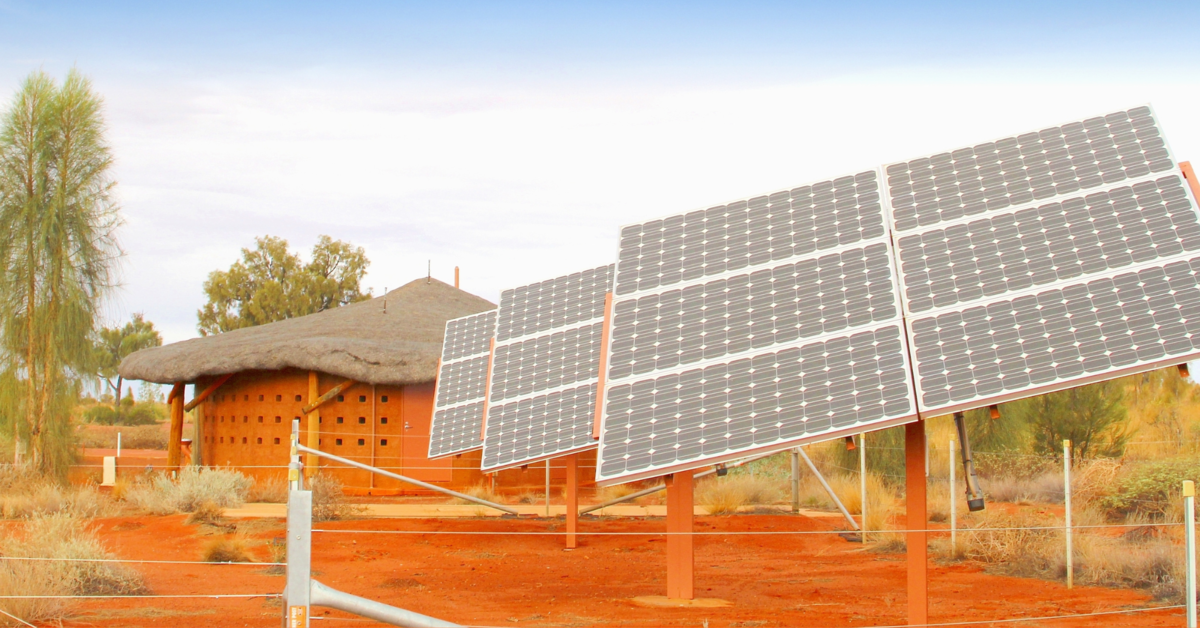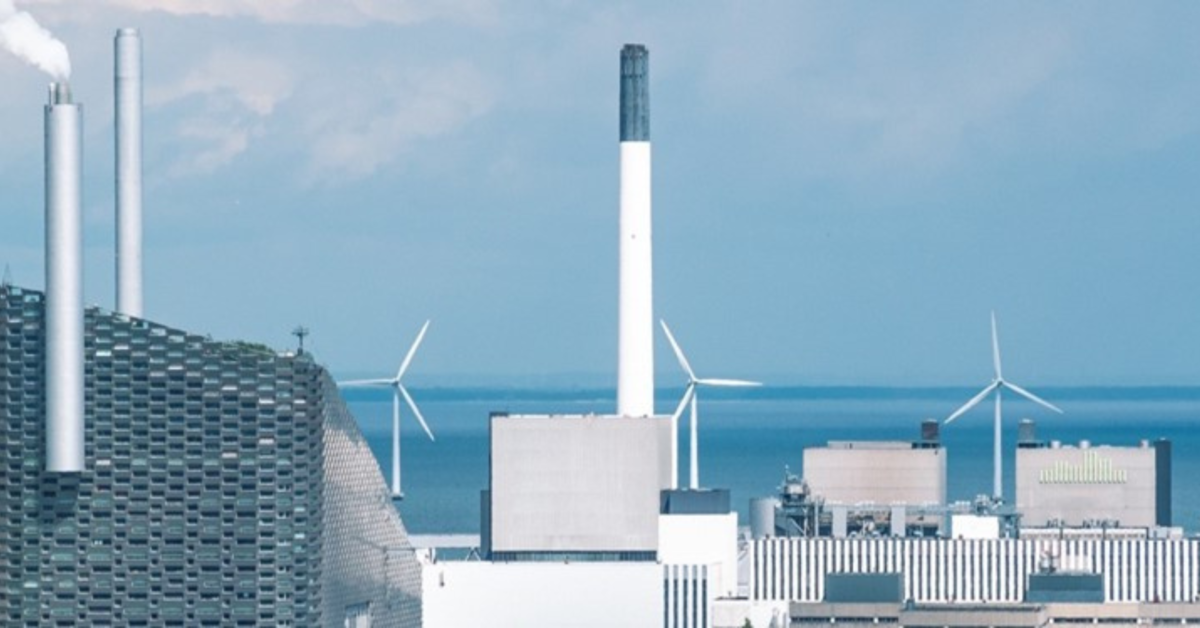The Wall Street Journal first reported last Friday on the Biden administration’s preparations to raise tariffs on clean-energy goods from China. The decision comes at the end of a years-long review of tariffs imposed by former President Donald Trump on roughly $300 billion in goods from China. Officials are particularly focused on electric vehicles (EVs), and they are expected to raise the tariff rate to roughly 100% from 25%. An additional 2.5% duty applies to all automobiles imported into the US. The existing 25% tariff on Chinese EVs has so far effectively barred those models, often cheaper than Western-made cars, from the US market. Biden administration officials, automakers, and some lawmakers worry that the 25% would be insufficient, given the scale of Chinese manufacturing. Additional tariffs are expected on batteries, solar products, critical minerals, and semiconductors as well, though no express timeline for implementation has yet been reported. We anticipate notice of policy change tomorrow, May 14, followed by an opportunity for weighing in through an official comment period. EGA will be following the announcement for more details on the policy change and implementation timeline, as well as China’s reaction.
Here are five facts to know about the Biden administration’s expected EV tariffs:
1. U.S. TRADE POLICY ON CHINA TAKES A HARDER TURN TOWARDS PROTECTIONISM
Since World War II, the US has led a global effort to liberalize international trade. Several rounds of tariff reduction negotiations, the creation of the World Trade Organization, and the ascension of China to the WTO have led to an era of globalization and rapidly expanding global trade. And though free trade agreements (FTAs) still exist with Mexico, Canada, and several other industrialized allies, progress and public sentiment on free trade has dramatically shifted in the opposite direction—particularly with China. More recently, President Trump imposed $300 billion of tariffs on Chinese goods during his administration and President Biden has largely kept them in place.
The Biden administration’s “review” of the Trump tariffs is what officially led to the action on Chinese EVs. The COVID pandemic underscored vulnerabilities in the US supply chain. These exposures, coupled with changing political sentiment towards trade, and led to policies to bring manufacturing back to the United States. Imposing 100% tariffs on the critical domestic EV industry is a direct effort to block Chinese EVs from the US market. It is the Biden administration’s most significant trade action—and overtly protectionist.
2. FORMER PRESIDENT TRUMP HAD ALREADY PROMISED 100% TARIFFS ON CHINESE EVS
President Biden and former President Trump differ on a wide range of issues—with very different personalities and operating styles. But on trade, their approaches have more similarities than differences. Former President Trump had already promised an additional round of tariffs on Chinese products, including up to 100% tariffs on Chinese EVs. Biden’s Trump tariff review and imminent announcement maintain that trajectory of US trade policy.
“Trump is planning to intensify his protectionist agenda, telling me he’s considering a tariff of more than 10% on all imports, and perhaps even a 100% tariff on some Chinese goods. Trump says the tariffs will liberate the U.S. economy from being at the mercy of foreign manufacturing and spur an industrial renaissance in the U.S.”
— Time Magazine on a potential Trump second term
3. THE BIDEN AND TRUMP APPROACHES TO CHINESE EVS STILL DIFFER SIGNIFICANTLY
While both candidates are now promising 100% tariffs on Chinese EVs, the purpose and outcome differ in significant ways. President Biden wants to use the tariffs to spur the domestic manufacturing for key green technologies that his administration has issued billions of dollars in financing and tax credits to support. His administration has issued a tailpipe emissions rule that some analysts believe are, in effect, a mandate to purchase EVs—and Biden wants them to be EVs made in the USA. Former President Trump wants to withdraw the tailpipe emissions rules and repeal the subsidies for consumers to purchase EVs. He wants to use the tariffs simply to protect domestic manufacturing and prevent China from flooding the market with cheaper EVs that could wipe out domestic manufacturing.
4. THE AUTO MARKET IS HEADING TOWARD REGIONALIZATION
The Chinese government will respond to a US 100% tariff on Chinese EVs. However, the reality is that the existing 25% tariff is already prohibitive of Chinese EV sales in the US. Effectively, no car buyer in the US can buy a Chinese brand EV already, according to Bloomberg. As a result, China’s response will also likely be tempered and largely symbolic. In all likelihood, US EV manufacturers will not be able to export their cars to China, which accounts for nearly 60% of global EV purchases. The result is that global markets are bracing for a new era of regionalization—where US consumers purchase American-made cars and Chinese consumers purchase Chinese-made cars, with Europe, Asia, and the rest of the world likely following the trend.
5. THE TARIFFS ARE PART OF THE BIDEN ADMINISTRATION’S LARGER INDUSTRIAL POLICY STRATEGY
The Biden administration has focused on using US government resources and policies to spur domestic manufacturing in critical technologies, including semiconductors, green technologies, and US infrastructure. The CHIPS Act, the Inflation Reduction Act, and the American Rescue Plan each allocated significant resources and contained “buy America” provisions designed to steer the US economy toward long-term competitiveness, according to the Biden administration. But Biden’s industrial policy still has many critics and will be central to the 2024 presidential campaign debate.
Materials presented by Edelman Global Advisory. For additional information, reach out to Lindsay.Clifton@EdelmanEGA.com.



